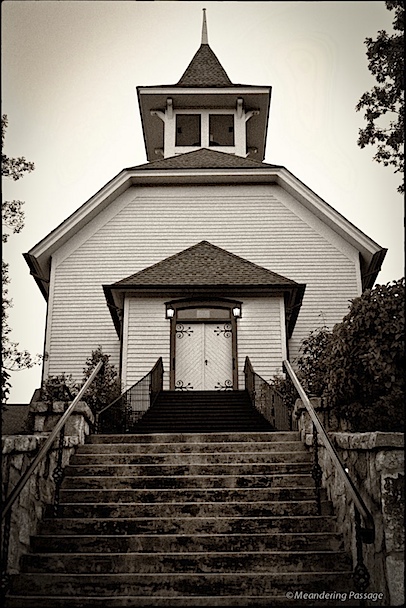“As the saying goes, we see in terms of our education. We look at the world and see what we have learned to believe is there. We have been conditioned to expect. And indeed it is socially useful that we agree on the function of objects. But, as photographers, we must learn to relax our beliefs. Move on objects with your eye straight on, to the left, around on the right. Watch them grow large as you approach, group and regroup as you shift your position. Relationships gradually emerge and sometimes assert themeselves with finality. And that’s your picture.” – Aaron Siskind, The Art of Photography
I’d scheduled this post ahead of time meaning to get back to it with a thought on the quote before it was released, but didn’t make it. I’ll add a little to it now, after the fact.
Moving beyond those things we think we know, our very beliefs, can be terribly difficult but offers wonderful opportunities for our personal enrichment. We never advance studying only those things we already know. It’s by taking a chance, being vulnerable, in looking beyond our comfort zone that we discover new truths, find new photo opportunities and perhaps learn a bit more about ourselves.

We are attracted to certain subjects and chapels or any place of worship are on my list. These images are where I spend more time studying within the frame and ask questions. Thanks!
Your statement about taking chances and looking beyond our comfort zone is something I completely agree with. I consider myself a huge risk taker, but not having my own family / kids allows me to be reckless with my career and life in general. But taking risk, but not growing and learning from it can be just as bad as staying in a rut.
Nice post
That is a very beautiful photograph, the perspective enhances the chapels majesty and glory. The symmetry gives the image power and I like how you gently framed it with the leaves. Had you taken the photograph from anonther angle, it would have evoked very different emotions. Thanks for the very interesting article, Earl!